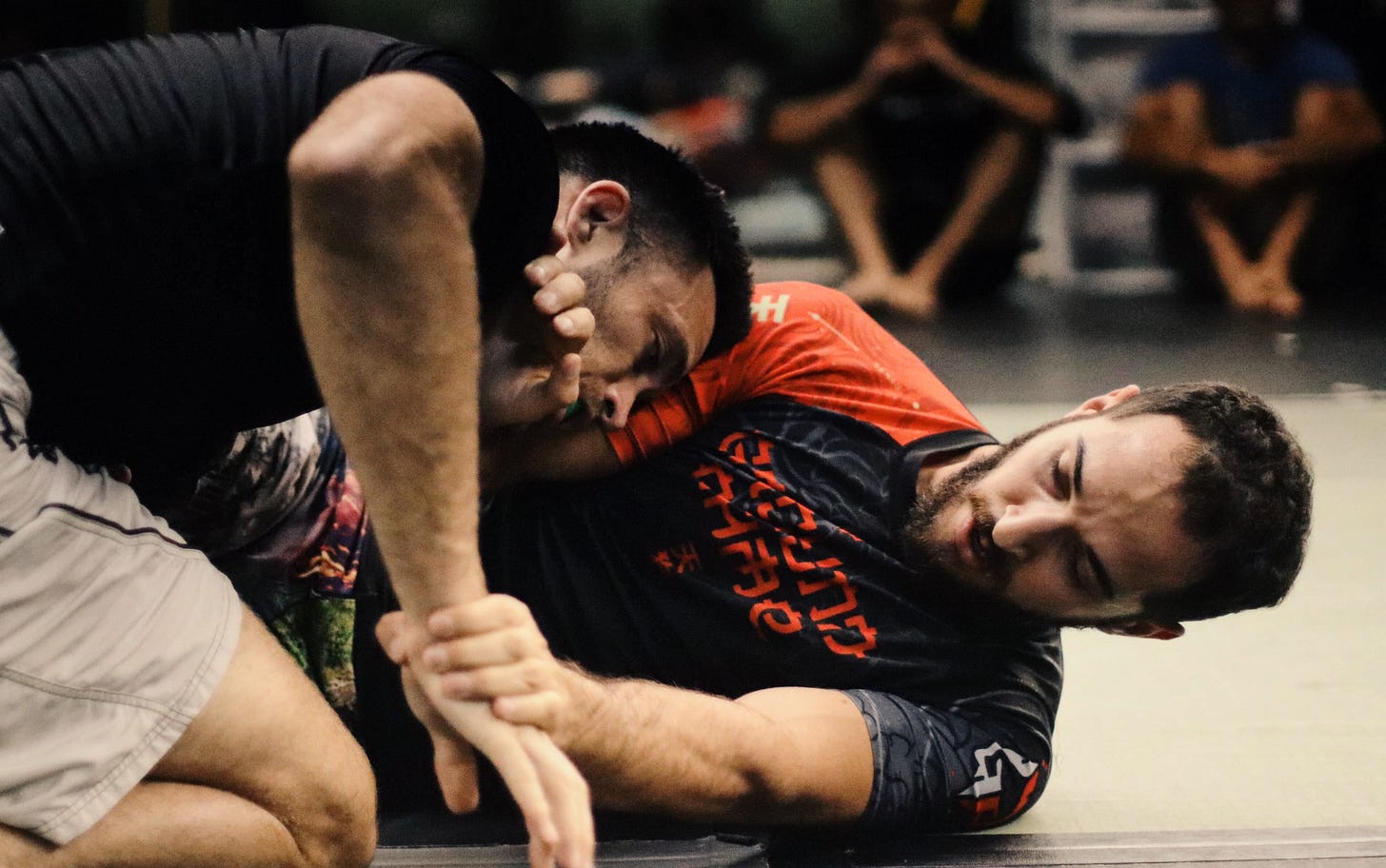The Difference Between Training and Practice
A guest post by Alex Nichols, Manual Therapist and Coach
Often times the distinction between training and practice gets blurred. To make this more clear it deserves a little more explanation as to what the intent is with using each of these words and their application.
What is the Distinction?
When the word TRAINING is used - it is specifying either stimulating, habitual, or detraining inputs that are specific to acquiring or maintaining certain physical capacities at both the internal and external level to be able to succeed at the level of competition. Examples would be to apply repeated stimulating inputs to acquire an adaptation that currently does not yet exist like joint space in a hip while simultaneously applying habitual training inputs to maintain fast twitch muscle recruitment.
When the word PRACTICE is used, it is directed at taking the current state of anatomy and using it in a specific way as to allow the nervous system to learn new ways of accomplishing sport tasks.
In other words, TRAINING is meant to develop biology, PRACTICE is around using it.
The Role of the Nervous System
There’s more to understanding these ideas. For example, we have to take into consideration the NERVOUS SYSTEM when we are looking to consider programming for an individual who spends time doing both training and practice. For example, if practice sessions are always at a maximum intensity, and so are training sessions, then we have to appreciate both training parameters and practice goals will develop sub optimally.
This diagram is important to consider because BOTH training and practice qualities - meaning training biological determinants and practicing using them with different intensities and speeds, are going to be affected by the nervous system. Why is this important to consider?
The understandings of these definitions as well as the intent in providing clarity is entirely for the benefit of coaches and athletes.
Let’s use a real Jiu Jitsu example.
My sport is Jiu Jitsu, I am fortunate I get to train at a very high level with ADCC veterans and medalists (ADCC is the olympics of Jiu Jitsu). Very often, the default approach to Jiu Jitsu sessions involve max effort max intensity day after day. Warm ups involve some drilling and very low intensities, and then it is straight to hard sparring. In other words, there is no variability in practice session intensities.
Why is this problematic? If we are always having hard practice sessions in Jiu Jitsu, that leaves very little room for developing other practice qualities like strategies in different positions like standing, seated, supine guard…etc position specific techniques offensively, defensively working pin and submission escapes…etc. These are just examples of practice variables where we could add different time constraints to each, intensities (low, med high), and intent (fight for grips only, work for off balance only, work for takedowns only…etc)
At regular maximal effort training sessions, there is no bandwidth left to explore developing these other capacities. Nevermind having very little in the tank for now TRAINING more biological determinants FOR THAT SPORT. For example, someone trying to push joint space in the hip will need repeated maximal efforts over time. That is a tremendous amount of effort and intensity - much of which will not be attained with intense Jiu Jitsu practice sessions.
What I’m trying to highlight is your TRAINING will suffer as a consequence of poorly managed PRACTICE sessions.
The Intent of Practice
What is the intent with PRACTICE?
PRACTICE can be thought of as technical skill development, working to create better self organization in tactical and technical aspects of sport. Technical skill development IS the acquisition of better strategies or approach to the game along with the technical knowledge oriented around executing techniques. Those both HAVE TO INVOLVE the biological determinants.
Moreover, practicing strategies and technical development can involve a myriad of resistances from training partners, position specific drilling, and concepts to explore. These can only be developed thoughtfully If we strip out a default that they need be developed with say maximal effort and intensity to keep the CNS demand in consideration while running managing TRAINING programs for developing biological determinants in parallel.
What are the benefits of separating these two concepts of training and practice. First off, it helps us understand that TRAINING is used to acquire something we don’t have BIOLOGICALLY. Joint space, architecture, slow twitch, fast twitch, speed strength, absolute strength…etc. We are training to acquire biological elements and neurological capacities. We need to separate this from going to a say, sport training session where I am trying to get better at my sport through playing the sport. That is PRACTICE.
One involves USING the biology we have (practice) with a variety of constraints (speed, starting from x position, etc) the other involves TRAINING that biology to increase its capacity and performance IN PRACTICE.
PRACTICE can be thought of as in-game strategies, technical skill development, and the literal practice of sport. For example, I could have an open sparring round with no instructions other than to win. OR I could have an open sparring round where I set intentions such as advancing position using only ‘x’ technique, or a negating game, NOT allowing training partner to enter the legs at any time, or trying to finishing with only head based submissions. You can start to see the variability and options we can develop from unpacking PRACTICE variables and separating those from TRAINING to acquire biological elements and neurological determinants.
Find Alex Here:
His website: The Art of Strong
Instagram: @a.loosemoose






